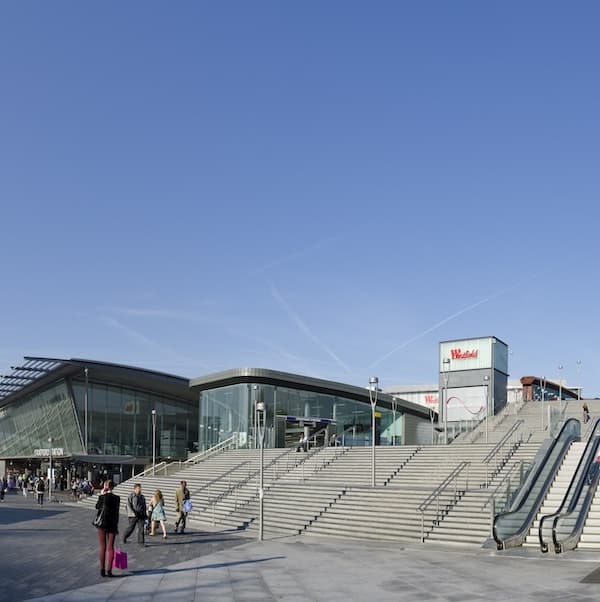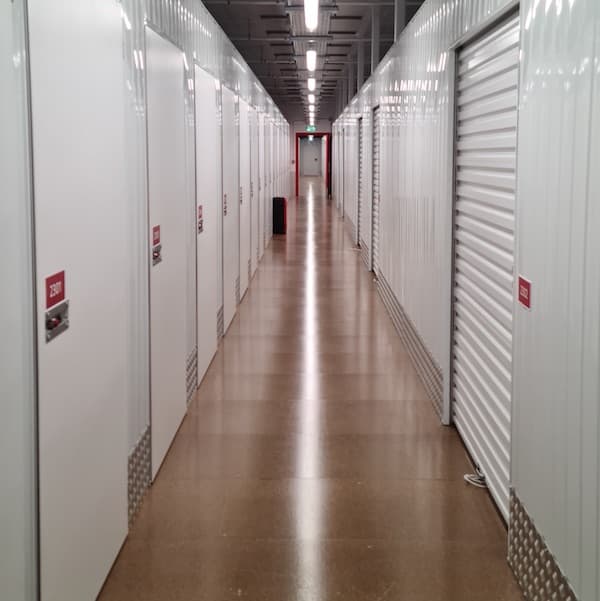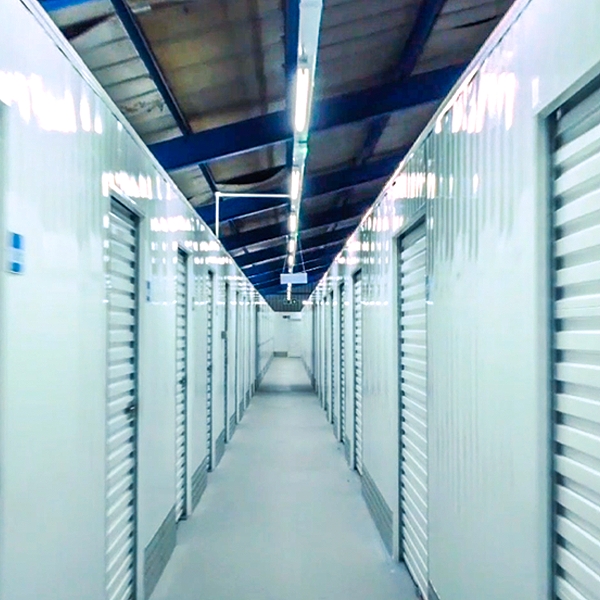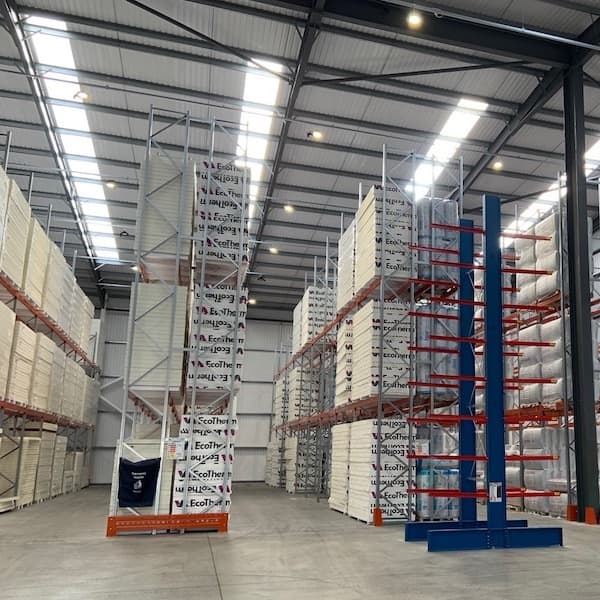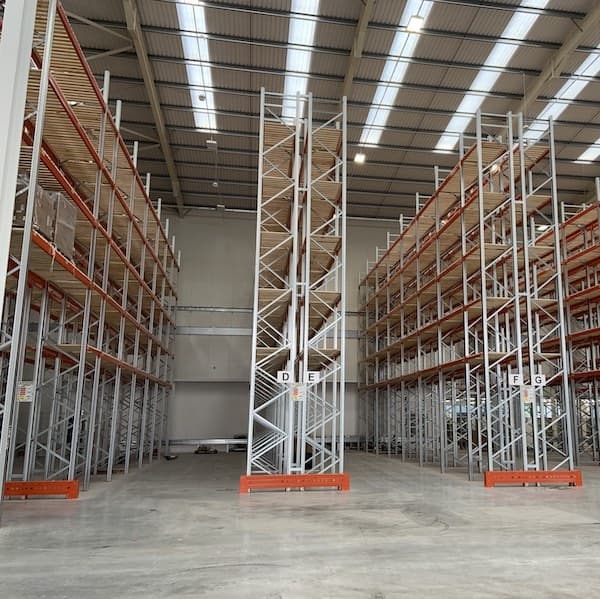- Mezzanine Floors
- Solutions
- Multi-Tier Mezzanines
- Mezzanine Pallet Safety Gates
- Mezzanine Staircases
- Mezzanine Handrails and Balustrades
- Mezzanine Decking
- Fire Protection for Mezzanine Floors
- Mezzanine Lift Shaft Design and Installation
- Resources
- Mezzanine Floor Calculator
- Mezzanine Floor Regulations and Building Control
- Self-Storage Mezzanine Floors
- Self-Storage Units
- Resources
- Self-Storage Site Selection Information
- Calculating The ROI of Self-Storage Conversions
- Planning for Automation in Self Storage
- Racking & Shelving
- Services
- Racking Design
- Racking Manufacture
- Racking Installation
- Racking Inspections
- Retail Racking And Shelving Systems
- Solutions
- Cantilever Racking
- Pallet Racking
- Coil Racking
- Longspan Shelving
- Tyre Racking
- Kimer Racking
- Live Storage Racking
- Drive In & Drive Through Racking
- Clip Shelving
- Mobile Shelving
- Custom Fabrications
- About Us
- USS Case Studies
- Self-Storage Fit-out For Raked Ceiling Building
- Mezzanine And Staircases For Entertainment Venue
- New Mezzanine And Staircases For Major Retailer
- Mezzanine Pallet Safety Gate
- Self-Storage Fit-Out Project For Brand New Facility
- Warehouse Racking, Wire Mesh & Shelving for New Warehouse
- Self-Storage Partition System & Components Installation
- Self-Storage Store Mezzanine And Staircases
- Multi-Tier Mezzanine For Logistics & Distribution Facility
- Warehouse Plant Platform
- Self-Storage Facility Space Expansion
- Mezzanine Floor For Distribution Warehouse
- Bespoke Feature Staircase & Mezzanine
- Single Level, Multi-Use Mezzanine
- Mezzanine For A New Building
- Mezzanine Floor For Plumbing Supplies Warehouse
- New Racking System and Mezzanine Floor
- Car Park Conversion To Self Storage Facility
- Pallet Racking and Cantilever Racking For Warehouse
- Two Mezzanine Floors For Self-Storage Facility In Birmingham
- Our Accreditations
- Contact Us
- USS Case Studies
The Latest Blogs From USS
Self-Storage Conversion Trends - From Car Parks to Distilleries!
read
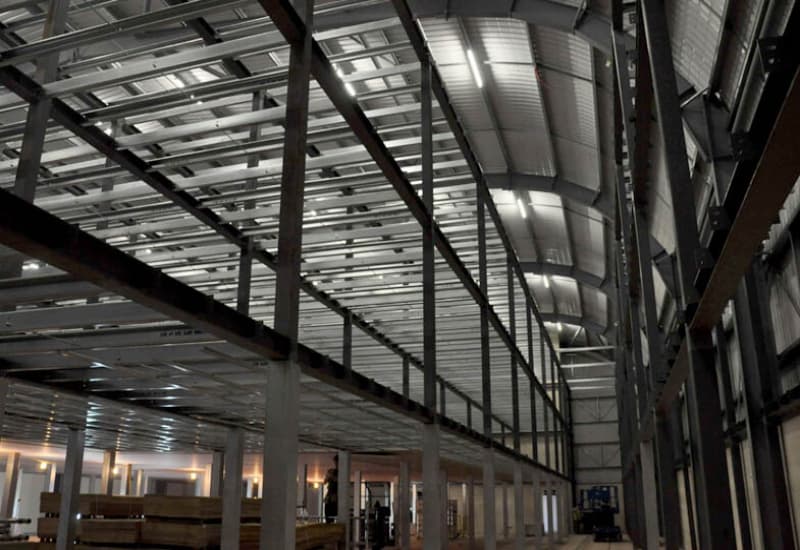
Question: When is a car park not a car park? Answer: When we convert it into a new self-storage facility with more than 400 units.
Despite appearances, the two lines above aren’t actually a joke, but an indication of a growing trend in the world of self-storage units. The "car park conversion to self-storage" in question was based in Marylebone, London, and the conversion was recently successfully completed for Attic Self-Storage despite the work taking place against the backdrop of the Covid-19 pandemic.
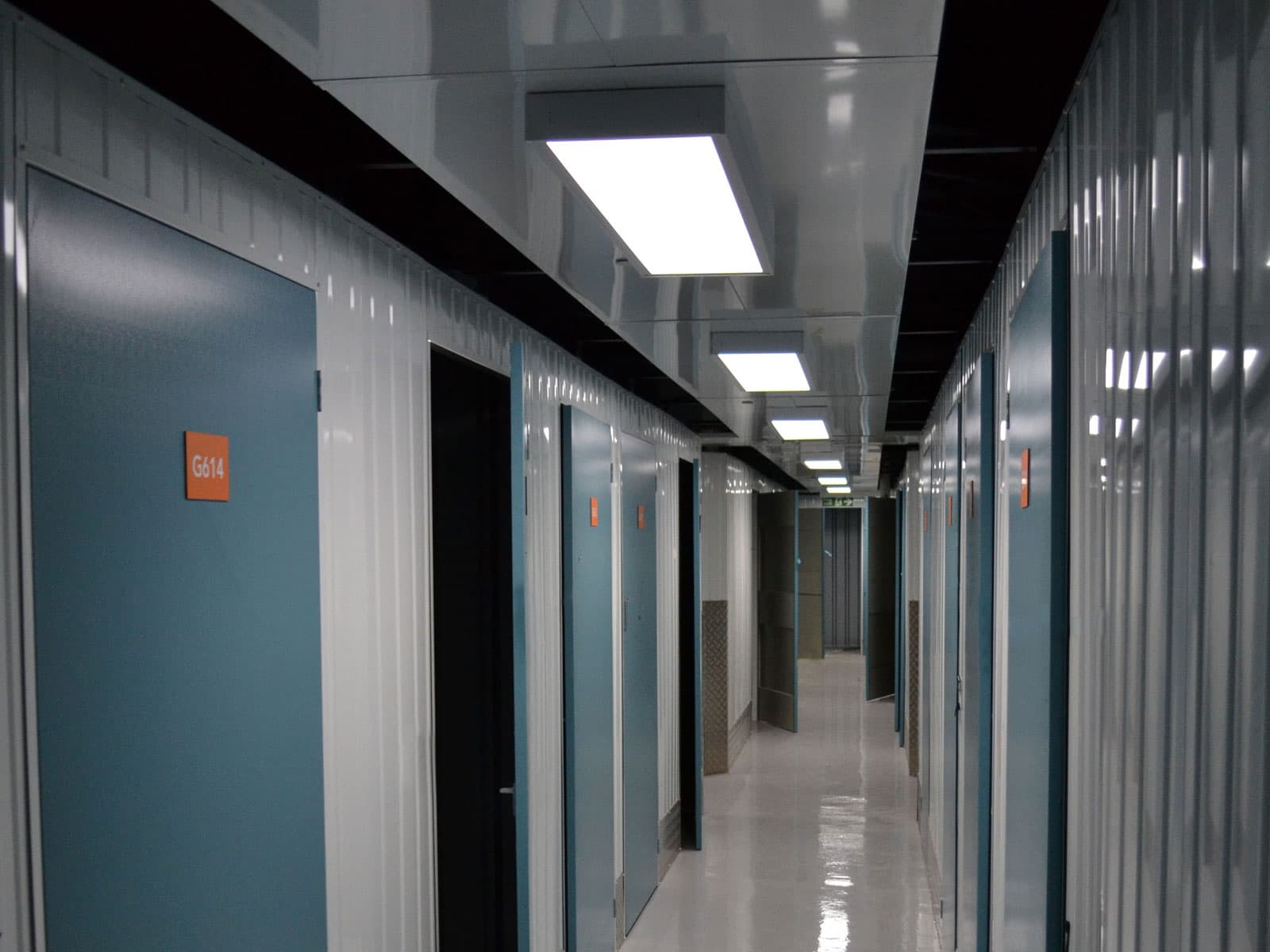
Utilising the existing structure of a car park did bring particular challenges such as the uneven nature of the concrete floor, but the general concept of making use of a building which is already standing, rather than building from scratch, does offer a host of advantages. Having mentioned the Covid-19 pandemic once, it’s worth noting that the damage which the pandemic has already wreaked on the UK’s High Streets – with a record-breaking 11,200 retail stores closing in the period January to June 2020 – is probably only going to get worse as we move into winter. While this is clearly a disaster for the economy as a whole and those individuals involved, it does offer up the possibility of large numbers of retail units becoming vacant in the immediate future. Many of these units – such as large warehouse-style shops in retail and leisure parks – will be ideal candidates for conversion to self-storage facilities for a number of reasons, and that’s why this is one trend which we expect to see gaining pace in the months and years to come.
Why Convert an Existing Building to Self-Storage?
One of the main reasons often given for converting existing buildings into self-storage is the same as that given for a huge number of property transactions – location, location and location. Existing spaces will often have been built close to other shops and amenities, with strong footfall and access to transport links. In other words, the very things which prompted someone to build there in the first place often make a location the ideal place to operate a self-storage facility. According to the Self Storage Association UK Annual Industry Report 2020, 86% of people who use self-storage travel less than 30 minutes to reach their unit, and this is the kind of convenience which existing sites provide, particularly when contrasted to new-build units in out of town industrial parks. The benefit isn’t all one way, either, since purchasing an empty, bankrupt building and converting it into a going concern will also help to revitalise the area within which it is based.
Visitors to your converted facility are also likely to make use of the surrounding facilities and shops, making your conversion a welcome change for the better (as well as providing ultra-convenient facilities should any of those businesses need extra storage). The other major plus point, of course, is the fact that converting an existing building – complete with utilities and a power supply – is likely to cost considerably less than building from scratch. This reduction could work in one of two ways; it could remove the barrier to entering the market place which the cost of building from scratch might represent or it could, at the least, leave sufficient funds to invest in state of the art facilities such as a mezzanine floor to take full advantage of the space and offer multi-tiered storage.
Do Your Research!
One useful piece of advice is to talk to other people who’ve successfully converted buildings into self-storage facilities. It should be quite easy to track them down online or by visiting self-storage trade shows, and nobody will be better placed to talk you through the potential pitfalls and challenges of conversion and self-storage unit construction than someone who has already made a success of it. Once you think you’ve found a building which is suitable for conversion you should carry out sufficient market research. Find out what the demographic of the surrounding area is, and whether this matches up to the demographic which is most likely to make use of self-storage. The afore-mentioned SSA industry report stated that 69% of people who use self-storage are aged between 40 and 79, for example, so a site located close to a city centre university and surrounded by hip bars and art galleries might make this market more difficult to reach. On the other hand, the demographic served by a particular location might inform the mix of storage you intend to offer, from larger units for post-divorce house clearances to smaller lockers for younger people temporarily between student digs.
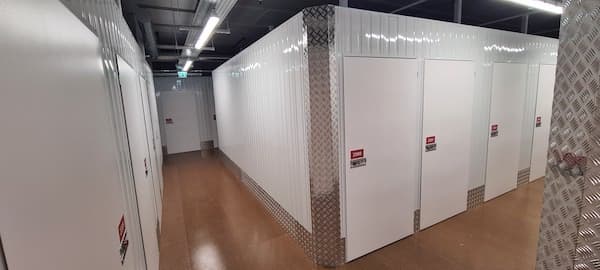
The Conversion Process
Having chosen a prospective building to convert, it’s important to have it inspected by experts such as an architect and/or contractor. Walk around the building with them making note of aspects such as the integrity of the structure (paying particularly close attention to the roof), the load-bearing capability of the floor and the presence or otherwise of facilities such as heating and lighting. Make an informed estimate of the cost of all the work which will need to be done to make the conversion a success, from basic repairs and demolition work all the way up to the installation of storage units by a specialised contractor such as USS. It’s also vital to ascertain whether planning permission for change of use will be required, and how easy or otherwise gaining these permissions is likely to be. Force yourself to be honest with all the figures you use, including how much you can initially afford to invest in the conversion and a sensible projection of the income you can expect when up and running. For a larger site, it may be possible to convert the building in phases, utilising the income generated by the first phase which becomes operable to help fund the next phase and so on.
Examples of Self-Storage Conversions
An article in Farmers Weekly highlighted the trend for farmers to convert under-utilised farm buildings into self-storage facilities able to bring in much-needed revenue. The examples given include a farmer on the Southwick Estate near Fareham in Hampshire who converted under-used buildings into 140 units offering a total of 14,000sq ft storage capacity in 140 units ranging from 40 sq ft to 320sq ft. This particular conversion, which took place in 2003, was so successful that the farmer in question now franchises the model to at least 12 other farms across the UK.
Other notable conversions from the US – a country which has always led the way in self-storage trends – include a 19th-century distillery in Louisville, Kentucky, which is now a storage facility offering a combination of original architectural features and state of the art features such as Bluetooth-enabled smart locks which can be accessed around the clock via a mobile app.
Finally, the purchasers of a ShopRite supermarket in New Jersey were recently given permission to convert 75,000 sq ft of space into as many as 600 self-storage units, all of which goes to show that the only limit to the possibilities of converting buildings into self-storage units is the ambition and vision of the parties involved, plus the help of experts like those at USS.
Can We Help With Your Self-Storage Conversion Project?
If you have a self-storage conversion project planned or you'd like to discuss a possible conversion then contact the team at United Storage Systems. We can help create a tailor-made solution for your self-storage business.
This blog is for information purposes only and should not be construed as legal or financial advice and not intended to be substituted as legal or financial advice.
Find Us
S & L United Storage Systems Ltd
United House, The Street
Takeley, Bishop's Stortford
Hertfordshire, CM22 6QR
Company No. 1313816
VAT No. 291616253Say Hello
01279 871 787Copyright © 2025 S & L United Storage Systems Ltd. All rights reserved.
- About Us

